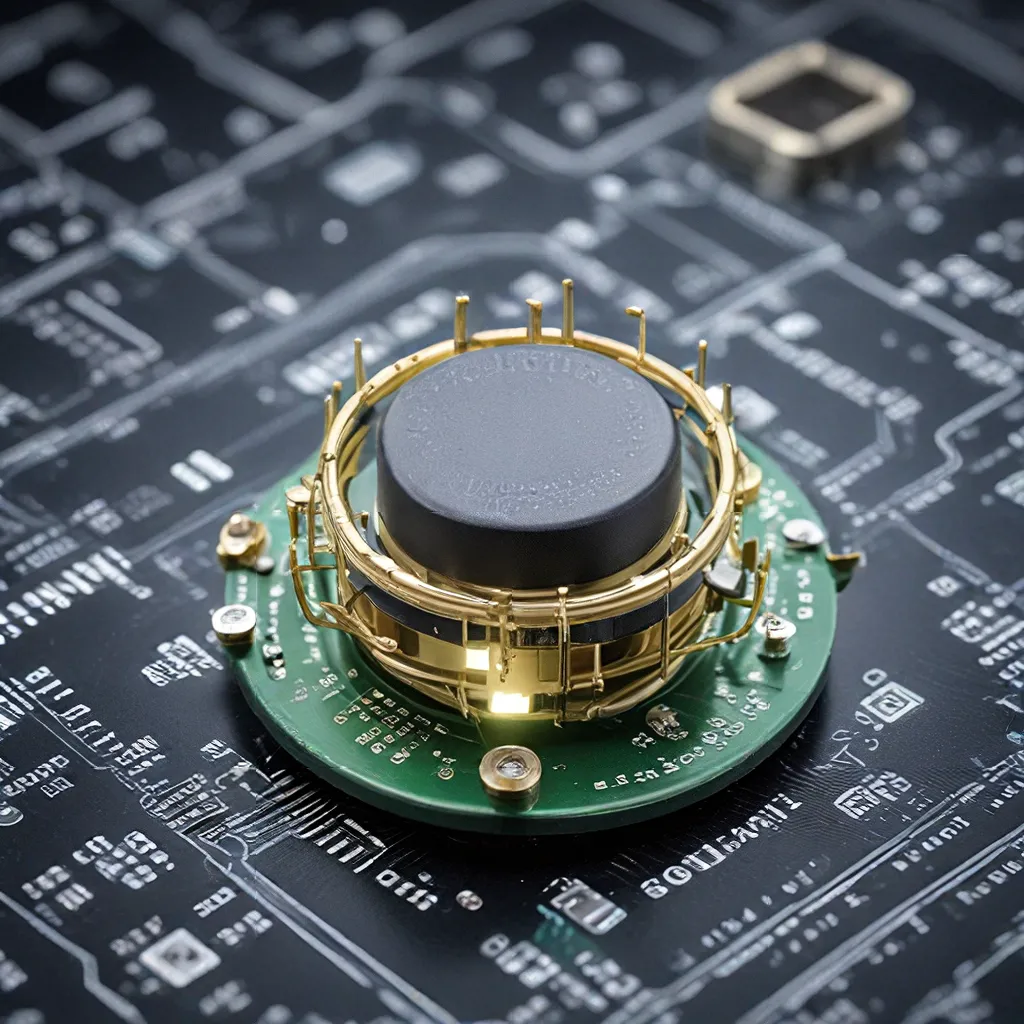
In the rapidly evolving world of sensor networks and the Internet of Things (IoT), energy management has emerged as a critical factor in driving sustainable and scalable deployments. As IoT ecosystems continue to expand, encompassing a vast array of interconnected devices, the need for energy-efficient sensor designs and robust power management strategies has become paramount. This article delves into the latest innovations in sensor technology and explores how advancements in energy harvesting, power optimization, and energy-aware protocols are unlocking new opportunities for sustainable IoT applications.
The Importance of Energy Efficiency in Sensor Networks
Sensor networks are the backbone of IoT, providing the essential data collection and monitoring capabilities that enable a wide range of smart applications. However, the proliferation of IoT devices has also led to growing concerns about their energy consumption and the environmental impact of these systems. Conventional battery-powered sensors often have limited operational lifespans, requiring frequent battery replacements and generating electronic waste.
To address these challenges, the sensor design community has been actively exploring innovative approaches to enhance energy efficiency and sustainability. By leveraging advancements in energy harvesting technologies, power management strategies, and energy-aware communication protocols, sensor networks can now operate with reduced power consumption and extended battery life, ultimately leading to more environmentally conscious IoT deployments.
Advancements in Energy Harvesting for Sensor Networks
One of the most promising developments in sensor design is the integration of energy harvesting technologies. These systems enable sensors to generate their own power from ambient environmental sources, such as solar, thermal, or kinetic energy, reducing their reliance on traditional batteries.
Recent research has demonstrated significant advancements in piezoelectric, thermoelectric, and photovoltaic energy harvesting techniques, which can effectively power a wide range of IoT devices. By converting these naturally occurring energy sources into electrical power, sensor nodes can achieve extended operational lifetimes and reduce the need for battery replacement or recharging.
Moreover, hybridized energy harvesting systems, which combine multiple energy conversion methods, have shown promise in providing reliable and consistent power generation for sensor networks. This approach helps to mitigate the variability of individual energy sources, ensuring a more stable and resilient power supply for IoT applications.
Power Optimization Techniques for Sensor Networks
Alongside energy harvesting, the sensor design community has also focused on developing power optimization techniques to further enhance the energy efficiency of IoT devices. These strategies aim to reduce power consumption at various levels, from the hardware and firmware to the communication protocols and network architectures.
Hardware-level optimizations involve the use of low-power microcontrollers, energy-efficient sensor interfaces, and advanced power management integrated circuits (PMICs), which can significantly reduce the overall power draw of sensor nodes. Firmware-level optimizations, on the other hand, focus on intelligent power management strategies, such as duty cycling, power-gating, and dynamic voltage and frequency scaling (DVFS), to minimize energy consumption during sensor operation and communication.
At the network level, the development of energy-aware communication protocols has played a crucial role in optimizing power usage within sensor networks. Protocols like Bluetooth Low Energy (BLE), ZigBee, and LoRaWAN have been designed to minimize the energy required for data transmission and reception, enabling sensor nodes to operate for extended periods without the need for frequent battery replacements.
Addressing Security Challenges in Energy-Efficient Sensor Networks
As sensor networks and IoT systems become more energy-efficient and sustainable, the security of these systems has also emerged as a critical concern. The integration of energy-harvesting technologies and power optimization techniques can introduce new vulnerabilities that must be addressed to ensure the overall integrity and trustworthiness of the IoT ecosystem.
Recent research has highlighted the importance of secure firmware updates, tamper-resistant hardware, and lightweight cryptographic algorithms in maintaining the security of energy-efficient sensor networks. Additionally, the development of energy-aware security protocols and authentication mechanisms can help to mitigate the risks associated with resource-constrained IoT devices.
By addressing these security challenges in parallel with energy optimization, sensor network designers can ensure that the benefits of sustainable IoT applications are not undermined by cyber threats and data breaches.
The Future of Sensor Networks and IoT: Toward a Sustainable and Resilient Ecosystem
As the sensor network and IoT landscape continues to evolve, the integration of energy-efficient and sustainable technologies will be crucial in unlocking the full potential of these transformative systems. The advancements in energy harvesting, power optimization, and energy-aware security discussed in this article represent significant milestones in the ongoing journey toward a more eco-friendly and resilient IoT ecosystem.
By embracing these innovations, sensor network designers and IoT practitioners can empower a wide range of applications, from smart cities and industrial automation to environmental monitoring and healthcare, all while minimizing the environmental impact and ensuring the long-term viability of these essential technologies.
As we continue to explore the frontiers of sensor network design and IoT advancements, the focus on energy efficiency and sustainability will undoubtedly remain a driving force in shaping the future of this dynamic and rapidly evolving field. The sensor-networks.org website provides a wealth of resources and insights to stay informed on the latest developments and trends in this transformative space.